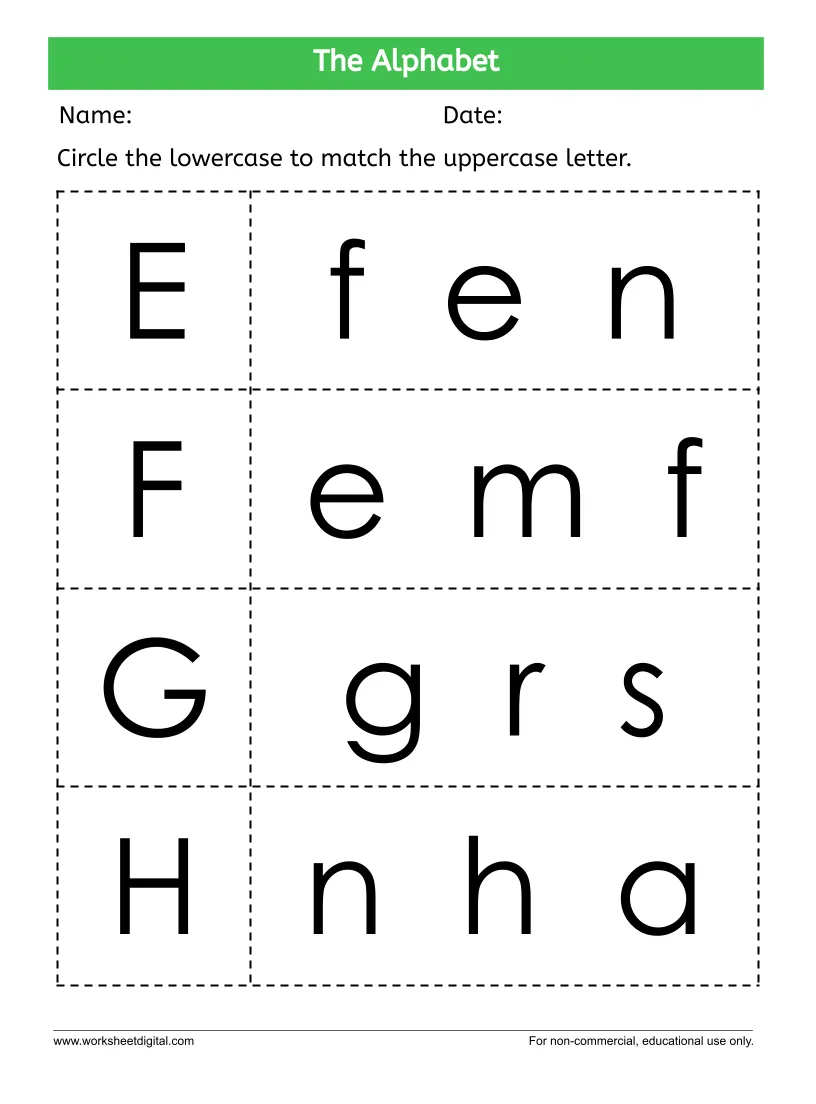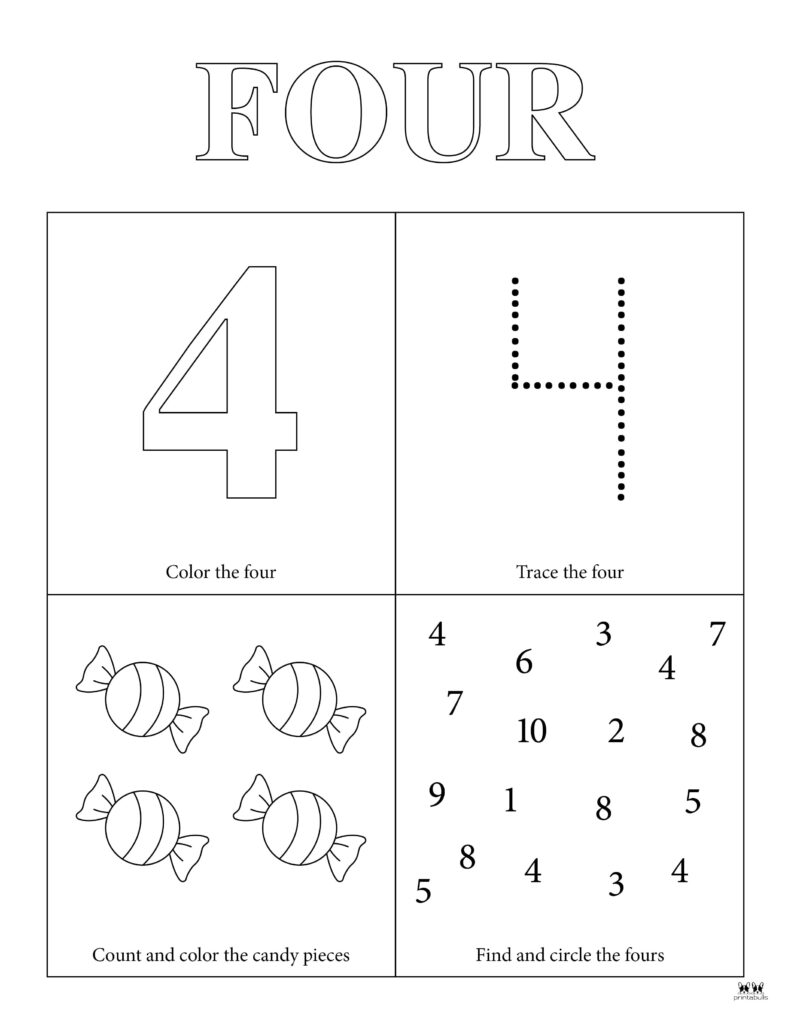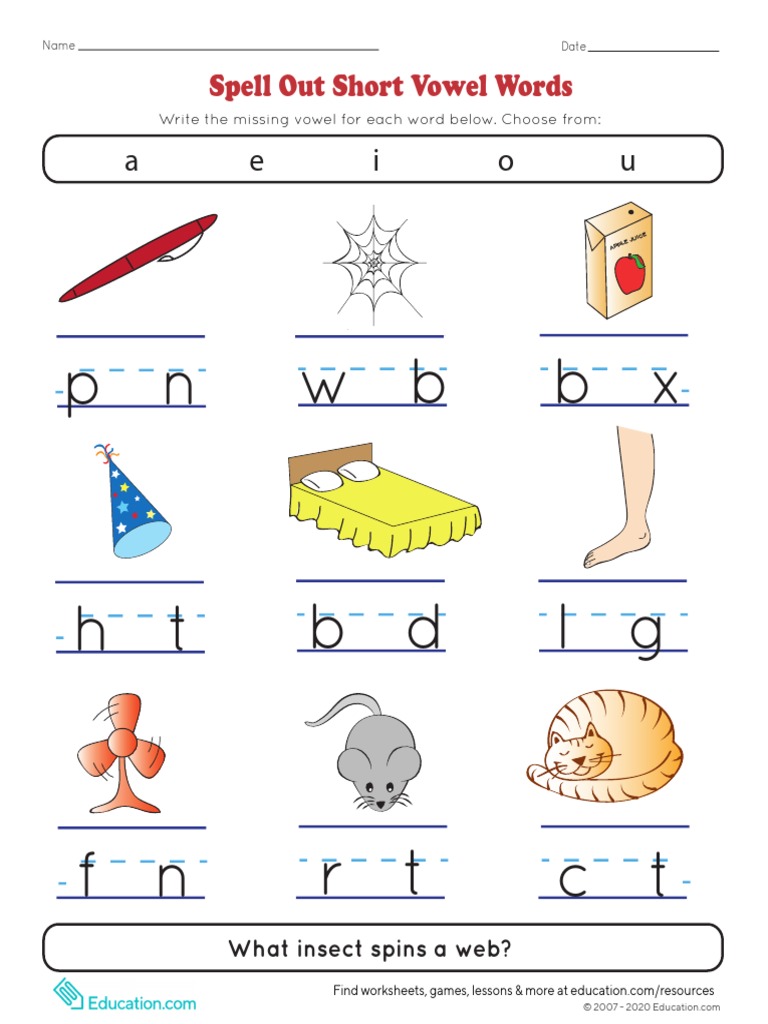Learning numbers is a fundamental part of early childhood education. For young children, understanding and recognizing numbers can be a fun experience when creative activities are incorporated into the learning process. One such activity is do-a-dot worksheets, which have become a popular and engaging way to teach children about numbers. These worksheets combine both fine motor skills practice and number recognition in a fun and interactive manner, and one of the best examples of this is the Number 7 do-a-dot worksheet.
The idea behind do-a-dot worksheets is simple: children use dot markers, stickers, or even their fingers to fill in the circles on the worksheet. For the Number 7 worksheet, children focus on recognizing and understanding the number while engaging in the fun activity of "dotting" the page. This article will delve into the benefits of Number 7 do-a-dot worksheets, how to use them effectively, and why they are an excellent tool for both parents and teachers looking to make math fun for preschoolers.

Why Do-a-Dot Worksheets are Great for Early Learning
Do-a-dot activities are simple yet powerful tools that offer several developmental benefits to young children. Number recognition is a key skill that children need to develop early on, and making this learning process hands-on helps them understand concepts in a more concrete way.
For example, when a child works on a Number 7 do-a-dot worksheet, they are not only seeing the shape of the number, but they are also interacting with it physically. This kind of tactile learning solidifies their understanding and helps reinforce what they see. Here are just a few reasons why do-a-dot worksheets, especially the Number 7 worksheet, are so beneficial:
- Improves Fine Motor Skills: One of the core advantages of do-a-dot activities is that they enhance fine motor skills. When children hold a dot marker, sticker, or crayon to fill in the circles, they are strengthening the small muscles in their hands, which are crucial for writing later on.
- Encourages Number Recognition: By focusing on one number at a time, such as the Number 7, children become more familiar with its shape and appearance. Repetition is key in early learning, and working through multiple do-a-dot worksheets reinforces their number recognition abilities.
- Fun and Interactive: Kids love activities that feel like games. Do-a-dot worksheets are inherently fun because they are colorful, hands-on, and creative. This keeps children engaged and excited about learning, making the process enjoyable rather than a chore.
- Supports Focus and Concentration: When children work on completing a worksheet, especially one that requires them to dot each circle, it helps develop their focus and attention to detail. Even though it’s fun, it requires concentration to ensure that all the dots are filled, which is a great way to practice staying on task.
- Customizable for Different Learning Levels: Do-a-dot worksheets are highly adaptable. If a child is just starting to learn numbers, you can focus on simple recognition, while more advanced learners might be asked to count out loud as they dot the circles or even use a certain color for each different part of the number.
Using the Number 7 Do-a-Dot Worksheet
The Number 7 do-a-dot worksheet is specifically designed to help children recognize, trace, and practice the number 7. It typically features the number 7 in a large format with various dots inside or around it, along with additional dot-filled images or patterns that relate to the number. Here's how you can make the most out of this worksheet:
-
Introduce the Number 7: Start by introducing the number to your child. You can show them how the number looks and explain what it represents. For instance, you can use real-life objects like seven toys, seven apples, or seven crayons to reinforce the concept of the number. Point out that every time they see this shape, it means "seven."
-
Dot Marking for Recognition: Hand your child a dot marker or stickers and let them go to work on the worksheet. Encourage them to dot inside the circles around the number. As they do this, they are focusing on the shape of the number while practicing their fine motor skills. You can also ask them to say "seven" every time they complete a dot, reinforcing their verbal recognition of the number.
-
Color Play: You can introduce an element of color learning by assigning specific colors to different parts of the number or the surrounding images. For instance, tell your child to fill the number 7 with red dots while using blue for the other parts of the worksheet. This keeps the activity dynamic and encourages creativity.
-
Counting Practice: To further extend the learning process, incorporate counting into the do-a-dot activity. For instance, after the child has dotted the circles, count the number of dots together. Ask them to count out loud as they place each dot to reinforce number sequencing.
-
Engage in Dialogue: As your child works through the worksheet, keep the conversation going about the number 7. Ask questions like, “Can you think of things that come in sevens?” or “Can you count to seven?” This makes the learning process more interactive and allows your child to connect the concept of the number 7 to everyday life.
Creating a Routine with Number Worksheets
Incorporating Number 7 do-a-dot worksheets, along with others for different numbers, can be a part of your child's daily learning routine. Because these worksheets are engaging and quick to complete, they are ideal for short learning sessions that don’t overwhelm young learners. Here’s how you can set up an effective routine:
- Start with One Worksheet a Day: Choose one number to focus on each day. You can either introduce a new number every day or review numbers that your child may need more practice with.
- Make It a Morning Activity: Completing a worksheet first thing in the morning can be a great way to kick-start your child’s day and get them into the learning mindset. It’s also a short activity that won’t take up much time.
- Encourage Independence: While it’s important to guide your child, allow them the freedom to work through the worksheet on their own. This boosts their confidence and gives them a sense of accomplishment when they complete it.
Expanding Beyond Worksheets
While do-a-dot worksheets are an excellent tool for learning numbers, you can build on the concepts they teach by incorporating other hands-on activities into your child's day. Here are a few ideas for expanding on the Number 7 theme:
- Play a Counting Game: Gather seven objects and have your child count them out loud, reinforcing the concept of "seven."
- Go on a Number Hunt: Look for the number 7 in everyday surroundings—on clocks, signs, or books. This reinforces number recognition in real-life contexts.
- Create a Number 7 Craft: Turn the number 7 into an art project. Have your child glue seven buttons or pom-poms onto a large cut-out of the number to create a fun and tangible reminder of what "seven" looks like.
Conclusion
The Number 7 do-a-dot worksheet is an excellent way to teach young children about numbers in a fun, interactive, and engaging manner. Not only does it help with number recognition, but it also develops essential fine motor skills and keeps children focused on the learning process. By incorporating these worksheets into daily routines, parents and teachers can create a positive and effective learning experience that sets children on the path to success in math. So, grab a dot marker and get ready for some number fun!



